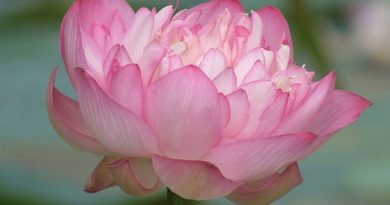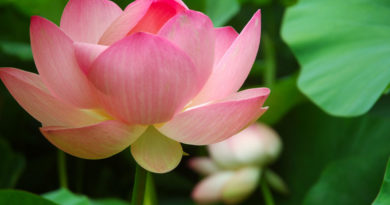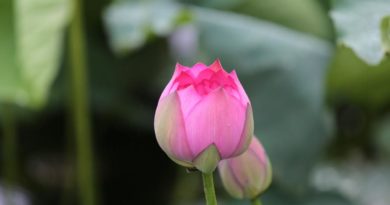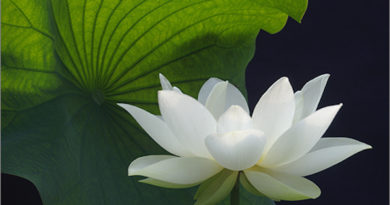FUNDAMENTALS OF VIPASSANA MEDITATION – CHAPTER XVI: Noble Path
Every time you note rising, falling, sitting, touching, seeing, hearing, bending, stretching, and so on, there is an effort being made. This is the right effort of the Noble Eightfold Path.
Then there is your mindfulness. It is right mindfulness.
Then there is concentration which penetrates the object noted as well as remains fixed on it. This is right concentration.
The three are called Concentration Constituents of the Path.
Then there is initial application which, together with concentration, ascends on the object noted. It is the application of the concomitants on the object.
Its characteristic is “lifting” of the concomitants to the object (abhiniropanalakkhana), according to the Commentary. This is right thought.
Then there is the realisation that the object thus attended is movement, non cognition, seeing, cognition, impermanence and so on. This is right view.
Right thought and right view together form the Wisdom Constituent of the Path. The three Morality Constituents, right speech, right action and right livelihood, have been perfected before you take up insight meditation – when you take the precepts. Besides, there can be no wrong speech, no wrong action, or, no wrong livelihood in respect of the object noted. So whenever you note, you perfect the Morality Constituents of the Path as well.
The eight constituents of the Noble Path are there in every awareness. They constitute the insight path that comes up once clinging is done away with. You have to prepare this path gradually until you reach the knowledge of indifference to formations. When this knowledge grows mature and strong, you arrive at Ariyan Path in due course. It is like this: – when the knowledge of indifference to formations has matured and grown stronger, your notings get sharper and swifter.
While thus noting and becoming aware swiftly, all of a sudden you fall into the peace that is Nibbana. It is rather strange. You have no prior knowledge of it. You cannot reflect on it on arrival, either. Only after the arrival can you reflect. You reflect because you find unusual things. This is the knowledge of reflection. Then you know what has happened. This is how you realise Nibbana through the Ariyan Path.
So, if you want to realise Nibbana, what is important is to work for freedom from clingings. With ordinary people clingings arise everywhere: in seeing, in hearing, in touching, in being aware. They cling to things as being permanent, as being happy, good, as soul, ego, persons. We must work for a complete freedom from these clingings. To work is to meditate on whatever rises, whatever is seen, heard, touched, thought of. If you keep meditating thus, clingings cease to be, the Ariyan Path arises, leading to Nibbana.
This is the process. To sum up –
- How is insight developed?
- Insight is developed by meditating on the five grasping aggregates.
- Why and when do we meditate on the aggregates?
- We meditate on the aggregates whenever they arise in order that we may not cling to them.
- If we fail to meditate on mind and matter, clingings arise.
- We cling to them as permanent, good, and as ego.
- If we keep meditating on mind and matter, clingings cease to be.
- It is plainly seen that all are impermanent, suffering mere processes.
- Once clingings cease, the Path arises leading to Nibbana.
These, then, are the elements of insight meditation.







